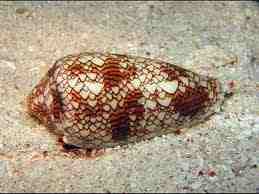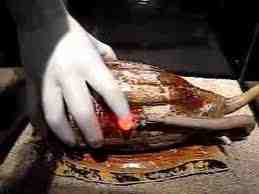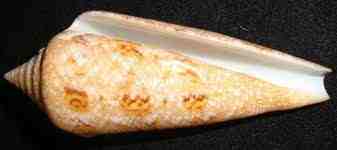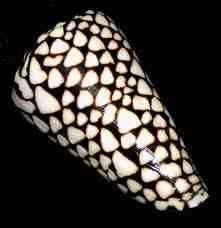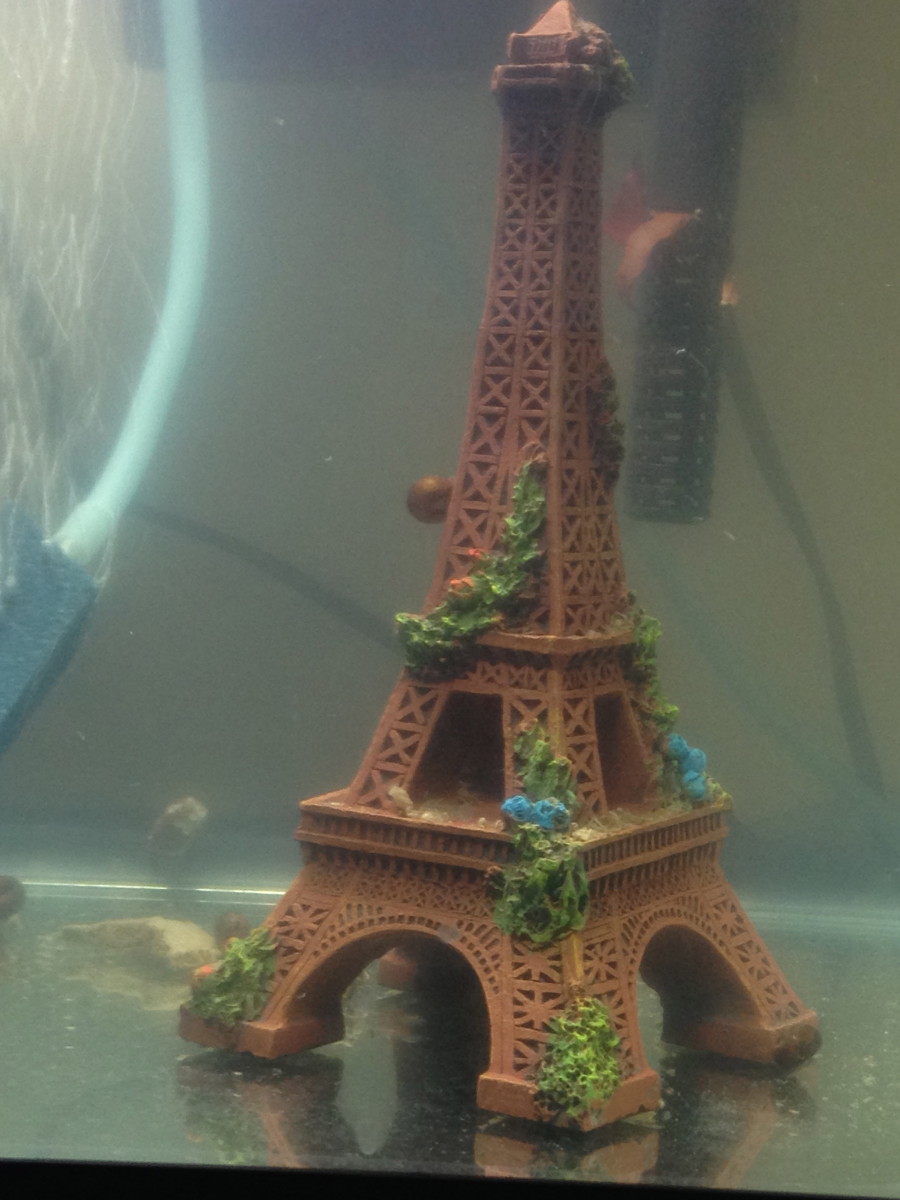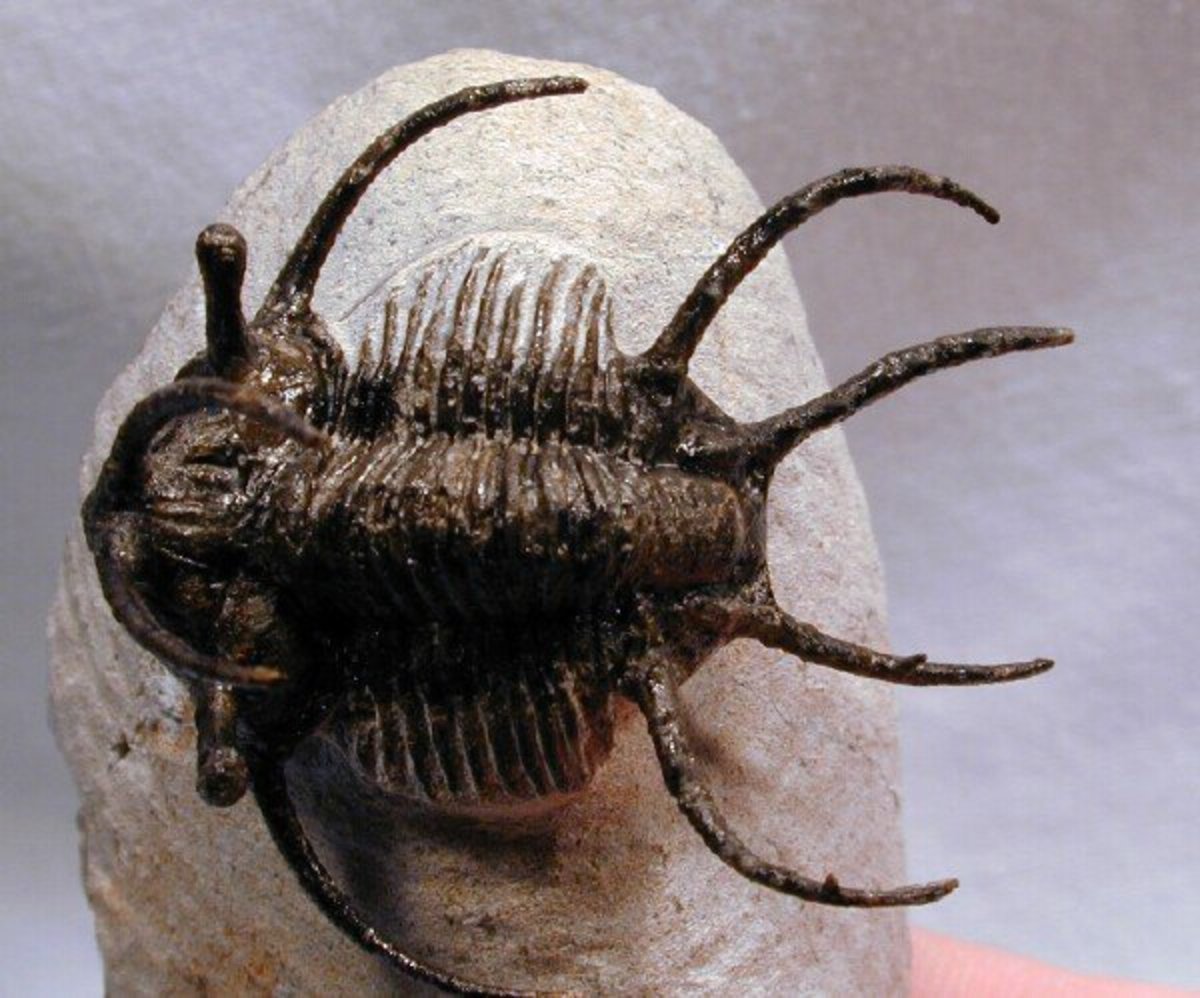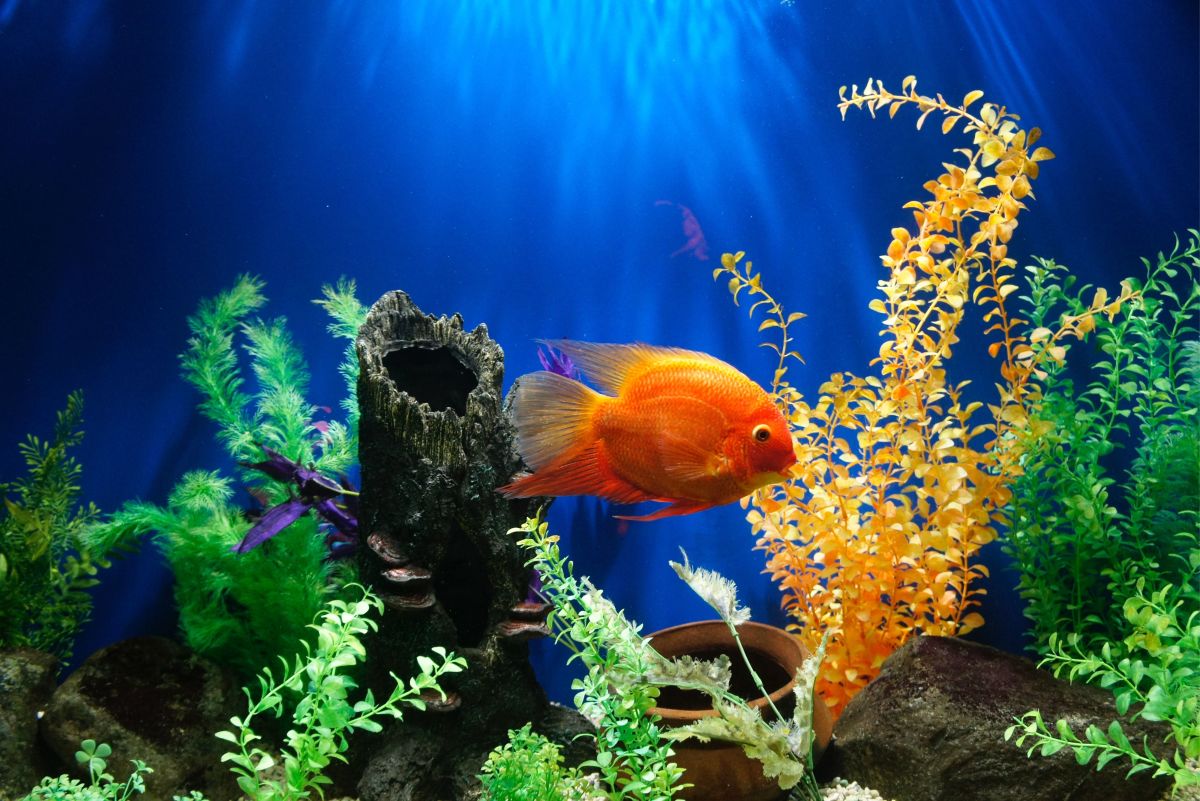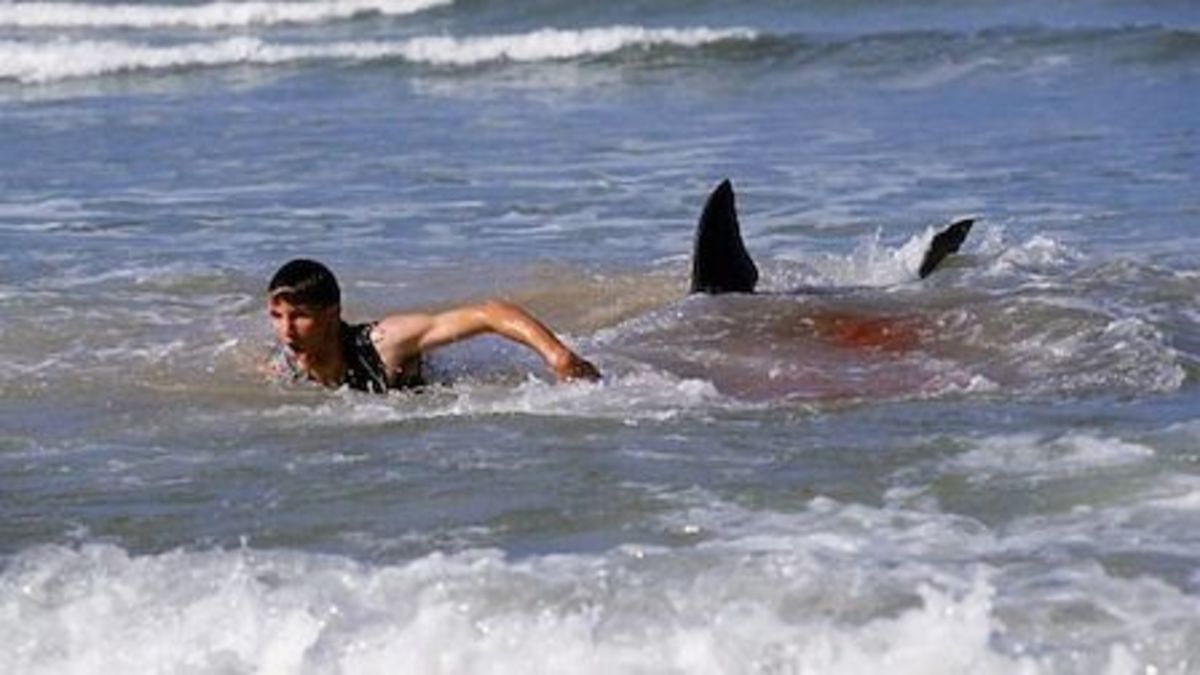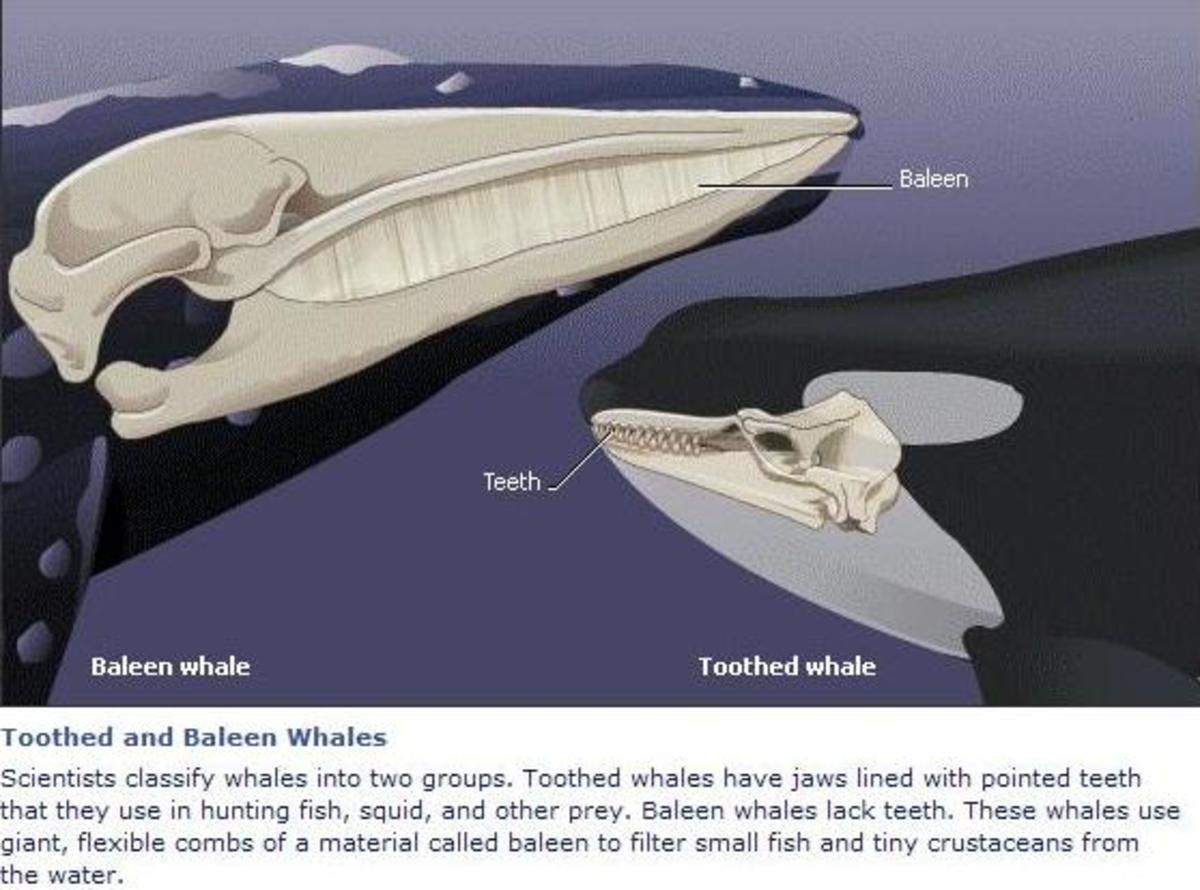- HubPages»
- Education and Science»
- Life Sciences»
- Marine Biology»
- Marine Life
The "Conus," Cone-Snails: Beautiful and Deadly
Watch, but touch at your peril.
Click thumbnail to view full-size



If You Are Unsure: Don't Touch
Also known as Sea Snails, Marine Gastropod Molluscs or Cone Shells.
It’s a shame that in the natural world, beauty goes hand-in-hand with danger. In fact, don’t we often find the same in the female of our own species?
But in nature, what we call beauty: mainly bright coloration and exotic patternation, is there for the purpose of announcing to the world, “Hey, you can look at me, but stay well clear as I may put you in an early grave.”
Witness the attractive, red, fiddle-shaped marking of the female Black Widow spider, or the handsome yellow, red and black banding of the Coral Snake. In marine creatures such as fish, the reverse is often true as often the ugliest is the most venomous and often poisonous to eat, too. Like the Puffer Fish family, or the Scorpion fish.
But when we look at the ancient family of shellfish, the Cone Snails, or Conus, we find the largest with the most attractive and dramatic patterns are, again, the ones that can do us harm.
Cone Shells have been collected for hundreds of years by people fascinated by the material from which they are made, their sheer size in some cases and the complexity and mathematical certainty of their architecture, as well as the colours and patterns.
Size definitely counts where Conus’ ability to harm man is concerned. The smaller cone shellfish can and readily do sting, but their effect is little worse than a wasp or hornet sting. As far as we know. I add that rider, because there are 600 species we know about (all sizes) and perhaps another 600 yet to be discovered. As we have found in the rain forests and deserts, we have only scratched the surface where insect and other toxins and venom is concerned.
People snorkeling on the reefs or exploring the tidal pools in the littoral are generally ignorant about the danger of Cone Snails. I shudder when I think how many I have handled in the past, in my ignorance, in Mexico and Australia.
All Conus are carnivorous, extremely predatory and often cannibalistic. Evolution has cleverly modified one of their teeth, creating the “Toxoglossan Radula,” a kind of mini torpedo tube containing a venomous harpoon which the animal can shoot out with force to paralyse fish, worms, other shellfish - including smaller cones, etc. The complex neurotoxin they possess often contains another strong pain killing agent to “pacify” their victims. The larger conus are “pisceverous,“ they prey on fish, which they have to immobilise quickly to prevent escape, so you may imagine just how stunningly effective their chemical weapons are.
Because of the amount and potency of their venom, these are the large cone snails, very dangerous to handle, and the ones that have made many people very ill, or, in the case of 15 unlucky patients, very dead! And these are only the documented attacks, many more must be unrecorded and the Conus may well have many more notches on his shell.
Not all large cone snails can be fatal. But they can all sting and are best never handled unless in a net, or when accompanied by an expert. The ones to beware of are: The Geographus. A large (up to 6”) member of the family with the worst reputation and fatalities to his name. Common in most tropical waters, where he lives in pockets of sand near coral bodies and reefs. (see pic). There is no known antivenin for this creature; the symptoms are various and all unpleasant, like snake or scorpion bite. The venom is related to that of the blue-ringed-octopus and certain jellyfish (the lethal ones) so you know what you are in for. You will know when you are pierced by the harpoon from the beast as it can penetrate gloves and wet-suits with ease. It is known in one of its localities as the “Cigarette Snail,” because the fishermen say, after it stings you, you might have time to smoke a cigarette before you keel over and meet your maker!
Others similarly dangerous are the Tulip, Striatus, Pennaceus, Textile, Aulicus, Magus (the Magician), Marmoreus and others, all fish eating and having armaments capable of causing a deadly wound.
There is no recommended way to handle a cone-snail, except not at all! This is because they can fire their harpoon in any direction from their aperture in their shell; Australian ones have even perfected a harpoon that works like a boomerang, but they don’t often use it, because they can impale themselves. (just kidding tha’ knows!)
The abovementioned Magus has contributed a drug to science just approved by the FDA, extracted from the creature’s ability to relieve the pain of its victim (to pacify it). It is said to be 1000 times more effective than morphine and is called “Prialt,” I believe. More work is going on with the complicated chemicals of the venom and anaesthetic properties. See notes.
Certain cone-snails have been avidly sought by collectors for centuries, one, the Gloriamus, was very high priced and rare, but has recently been discovered in larger amounts, so the price will go down.
Notes (Taken from Wikipedia regarding Prialt (the drug Ziconotide).
Ziconotide is derived from the toxin of the cone snail species Conus magus . Scientists have been intrigued by the effects of the thousands of chemicals in marine snail toxins since the initial investigations in the late 1960s by Baldomero Olivera. Olivera, now a professor of biology in the University of Utah, was inspired by accounts of the deadly effects of these toxins from his childhood in the Philippines. Ziconotide was discovered in the early 1980s by University of Utah research scientist Michael McIntosh,[2] when he was barely out of high school and working with Baldomero Olivera.[3] Ziconotide was developed into an artificially manufactured drug by Elan Corporation. It was approved for sale under the name Prialt by the U.S. Food and Drug Administration on December 28, 2004, and by the European Commission on February 22, 2005.

